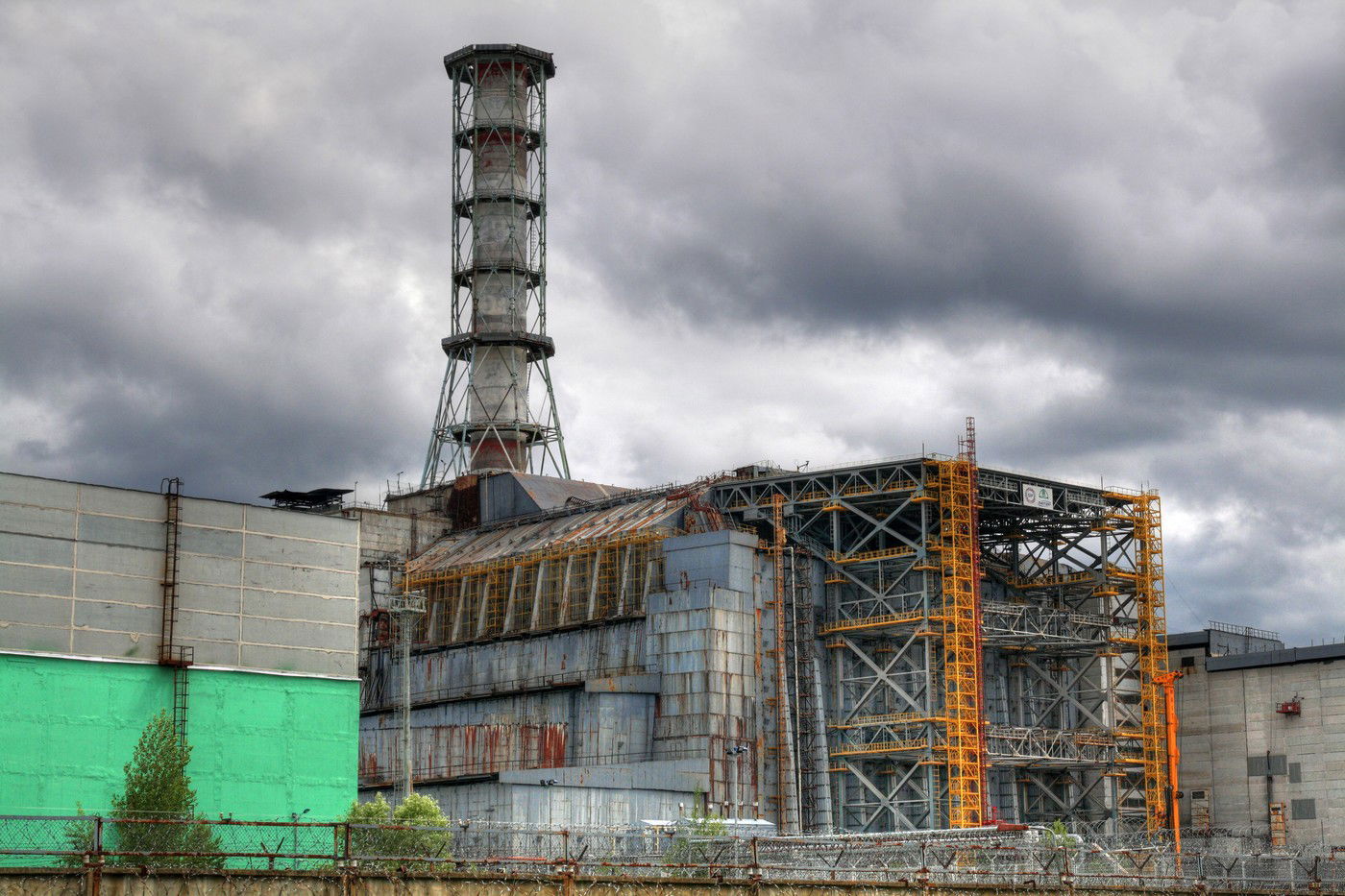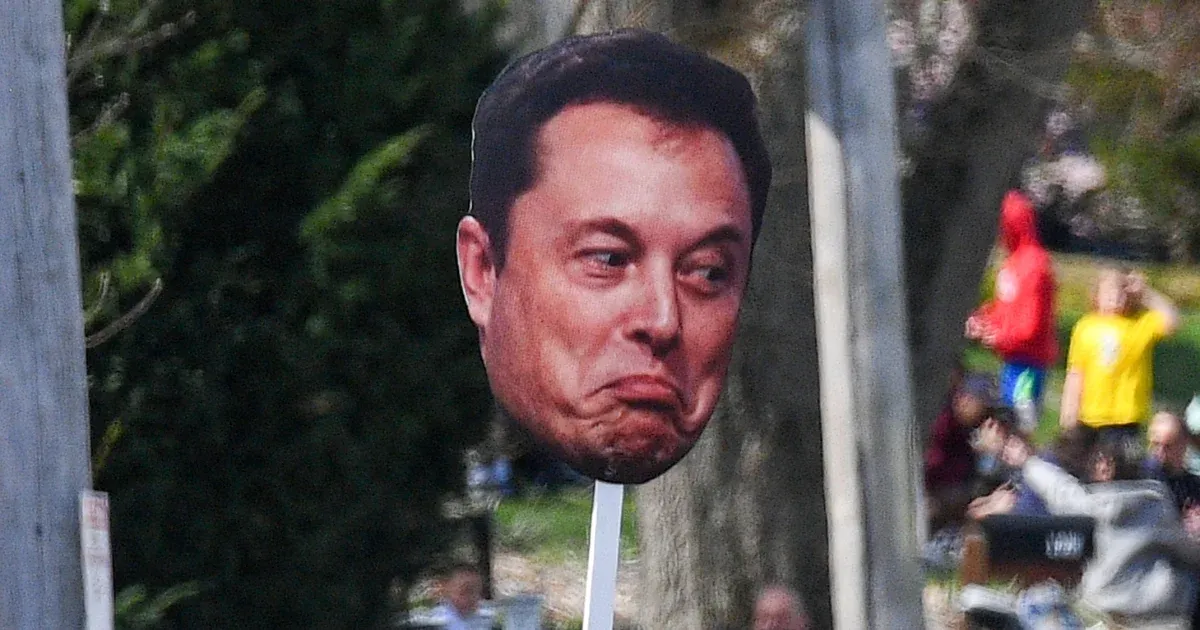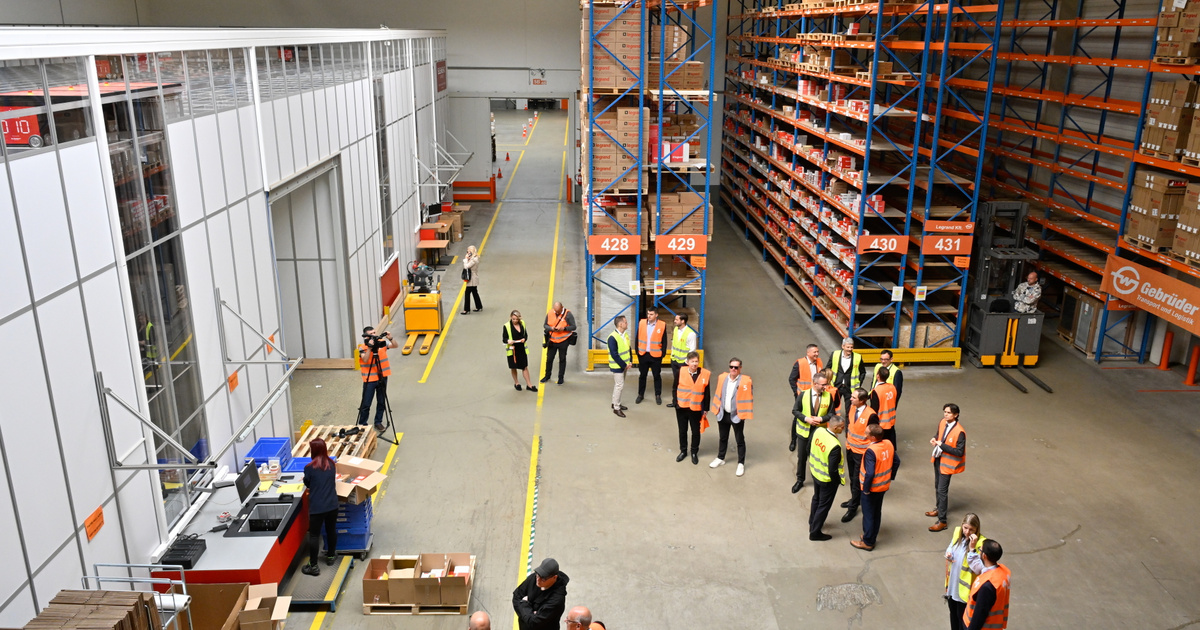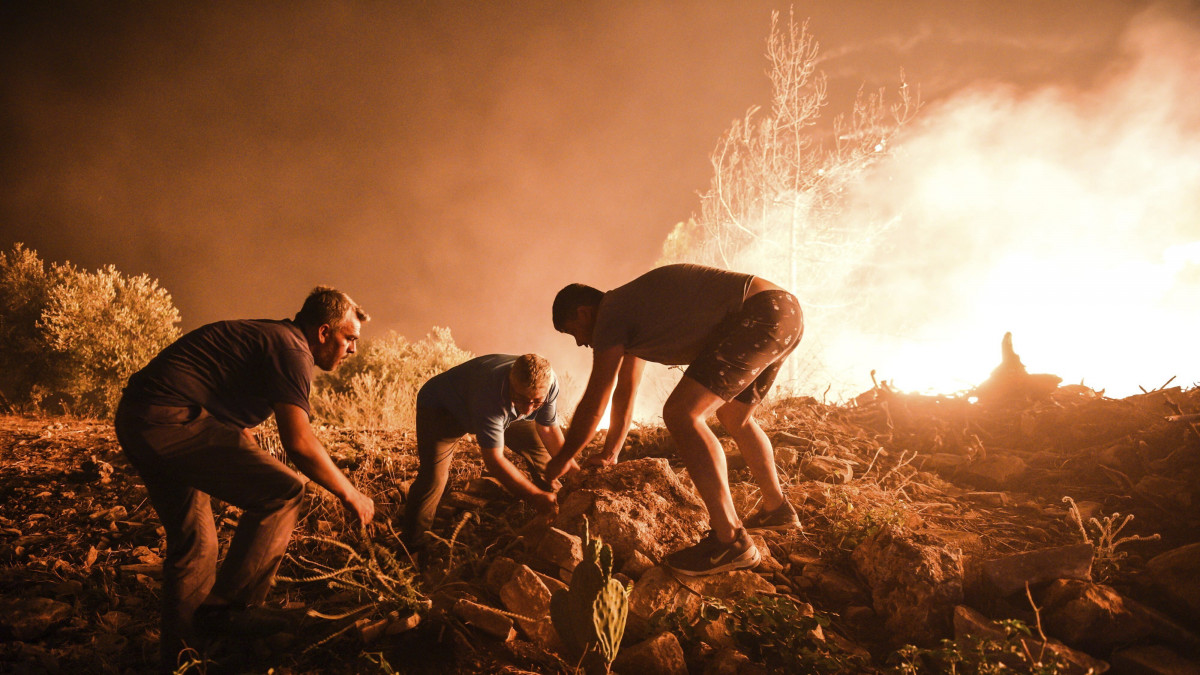Since the beginning of industrialization, the heat from burning fossil fuels has been trapped in our atmosphere, and this heat is not evenly distributed throughout the world. In some regions of the world, this heat is exploding in the form of heat – the process cannot be stopped if we do not reduce our harmful emissions.
Climate change is altering our weather in four ways: First, in the form of heat waves that are longer and hotter than before. As the average temperature becomes slightly higher, both the start and end points of the heat waves are associated with higher temperatures than before, Writes BBC.
It will get worse
The UK Met Office estimates that extreme heat is 10 times more likely due to climate change and could get worse.
“In a few decades, this could be a fairly cold summer this year,” says Professor Frederick Otto, a climate scientist at Imperial College London. In addition, the length of warm periods has doubled in the past 50 years.
Heat waves can be made longer and more intense due to another climatic phenomenon, the heat dome.
A thermal dome is when hot air in a region of high pressure is pushed down and trapped, causing temperatures to rise across an entire continent. That hot air can stay stuck in one area for days, as happened in India and Pakistan this year – both countries have survived five heat waves since the start of the year. In May, 49 degrees were measured in Jacobabad, but other parts of the world have also recorded extremely high temperatures that would not have been possible without the warming.
Droughts are also becoming more frequent
The intense heat also brings more drought: less rain falls between two heat waves, so everything dries up sooner. The increasing demand for water by people and agriculture only exacerbates the situation. At the same time, there are more wildfires happening – and they are caused only in part by human intervention. Dried wood catches fire more easily,
Fires spread more easily.
This year, the bushfire season started very early, and by July, the weather had become very severe, claiming hundreds of lives.
It can be raining too
But when it rains, it also happens under extreme conditions. The warmer the weather, the more water vapor in the atmosphere: this results in more and more intense rain, sometimes in a shorter time and over a smaller area. Spain and parts of eastern Australia have already been hit by floods this year. Almost 80 percent of the annual rain fell in Brisbane in just six days,
And in Sydney, in just over three months, it has fallen more than the annual average precipitation.
The weather around the world will always be highly variable – but climate change is making those changes even more extreme. The challenge is to reduce it and adapt to it at the same time.
Open Image: MTI / AP










































